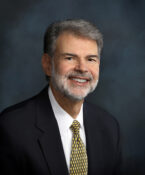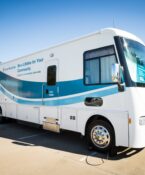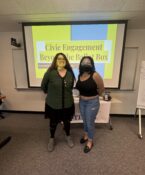Educational efforts reduce COPD costs by $3.4 million in East Texas study
A new report released by the UNT Health Science Center shows that residents of 12 counties in East Texas are breathing a little easier due in part to a year-long education campaign conducted by the Center for Professional and Continuing Education (PACE) regarding the diagnosis and treatment of chronic obstructive pulmonary disease (COPD). The report shows that the educational program contributed to approximately 50 percent fewer hospital admissions due to complications of COPD, which saved the Texas’ health care system $3.4 million.
The educational initiative, proposed and conducted by the UNT Health Science Center and funded by Boehringer Ingelheim and Pfizer (NYSE:PFE), educated more than 350 health care professionals in the rural areas of East Texas to improve their ability to talk to patients about the condition and more accurately test for and treat COPD.
COPD is responsible for one death every four minutes in the US and at least 12 million cases remain undiagnosed. Between 2005 and 2008 in Texas, COPD was responsible for more than 109,000 hospitalizations costing more than $2.7 billion. The Health Science Center researched Texas health data and current literature, which formed the basis of the proposal. The grant requests were funded, and UNTHSC independently launched a series of continuing medical education (CME) activities and follow-up cases targeting the counties in East Texas with the highest rates of preventable hospitalizations due to COPD.
To measure the long-term outcomes, researchers looked at the number of prescriptions for drugs recommended to treat COPD, the number of new diagnoses and the number of potentially preventable hospitalizations caused by COPD reported by the Texas Department of State Health Services.
The Texas Public Use Data File, a combined set of statistics reported by each hospital in the state, shows that two to three months before the health care providers in these counties attended the activities, there were 1,538 potentially preventable hospitalizations due to COPD. In the same time period following the programs, only 1,402 were observed – a reduction of 136. The data also show that other counties of similar size and population saw reductions, but the counties targeted by the study saw a 49 percent greater reduction, saving the health care system more than $3.4 million.
![Uyen Sa Nguyen Scaled[58]](https://www.unthsc.edu/newsroom/wp-content/uploads/sites/16/Uyen-Sa-Nguyen-scaled58-145x175.jpg)




Social media